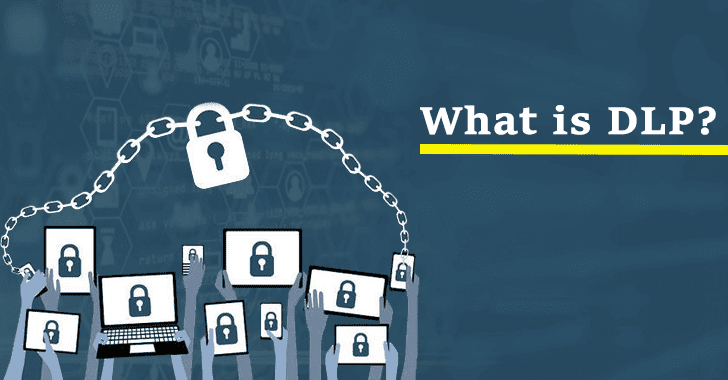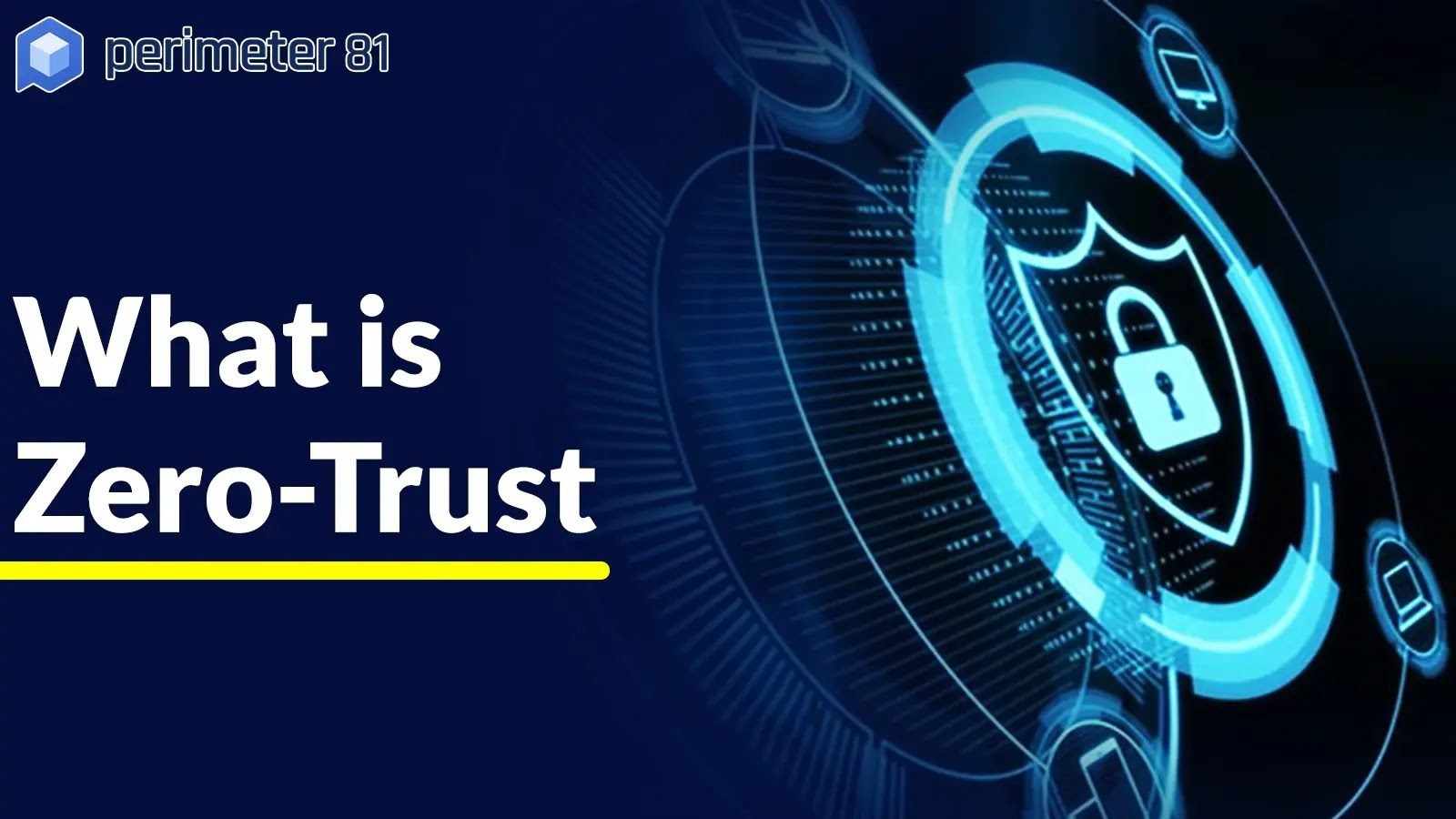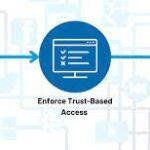What is DLP and How Data Loss Prevention Software Works
In this modern era, Data loss prevention solutions are growing very fast. The enterprise is looking for ways so it can reduce the risk of sensitive data leaking outside of the company.
Now you might be wondering what is all about DLP? It is a practice that ensures that the organization’s sensitive data has to be the same as its authorized user. It also makes sure that it should not be leaked out to unauthorized users.
- What is DLP in simple terms?
Data Loss Prevention (DLP) strategies and technologies prevent sensitive or vital data from leaving a corporate network or environment. It lets enterprises control and monitor user data transfers to avoid unwanted access and sharing of personal information.
DLP systems can detect, monitor, and safeguard data in use (applications), motion (network), and rest (hard drives). DLP prevents data breaches, theft, and unintentional sharing by classifying and protecting sensitive data and limiting access to authorized individuals.
2. Why is DLP needed?
DLP is needed because firms manage sensitive and confidential information that could cause financial losses, legal issues, and reputation damage.
Data breaches, insider risks, and cyberattacks are constant in the digital world. DLP protects critical data from malicious and inadvertent access and leaks.
It enforces data security regulations, maintains GDPR and HIPAA compliance, and reduces IP theft. DLP monitors and controls data movement throughout an organization’s network and endpoints to secure its most precious asset—its data—maintaining customer and stakeholder confidence and business success.
3. What is an example of DLP?
An organization develops a DLP strategy to prevent sensitive information like credit card numbers or PHI from being transferred outside the corporate network without encryption.
DLP automatically detects sensitive content based on established criteria when an employee emails a credit card document to an external recipient.
The email is blocked and the sender and perhaps IT security staff are notified of the policy breach. To comply with data protection laws and protect consumer privacy, the company prevents data breaches.
This proactive data protection strategy shows why DLP solutions are crucial for modern data security.
Why do you need DLP?
DLP is very important for every organization to keep that safe; here you will get the reasons behind it. Those are below:
- It helps to protect personally important information and ensure legal compliance. The most organization has massive databases which are completely sensitive, and everything can go wrong if they go into the wrong hands. To stay safe, you need to do the right thing.
- You also need to protect intellectual property and tread secret to your business. It should not go to the competitor’s hand and DLP aims to prevent the data from inadvertently exposing online.
- You must get the visibility of all your data by locking the data down. You need to figure out where your data live and how you can move around those data. DLP will give you the added benefit so that you can look at your data infrastructure.
How does the DLP work?
When content is processed, you get the multiple content analysis techniques which we can discuss below:
- Rule-based or regular expressions: This is one of the best techniques that DLP uses and it involves two specific rules which include 16-digit credit card numbers and 9 9-digit US social security numbers. This technique is speedy since the rules have been configured quickly. Every process started with positive rates without any validation.
- Database fingerprinting: This is well-known as Exact Data Matching, which does the exact match with the database. Though the live database gets the connection this affects the performance. If you want structured data from the database, then this option you need to follow.
- Exact File Matching: Every file content cannot be analyzed; every file will not match the exact fingerprints. It also provides low false positives where the approach will not be similar to others or identical versions.
- Partial document matching: It looks like the partial match with the specific files. It means it has multiple versions that the different users filled out.
- Conceptual or Lexicon: In this, you can apply a combination of dictionaries, and these policies can give you an alert to the unstructured ideas that defy simple categorization. When the matter comes from the conceptual, the owner needs to customize everything.
- Statistical analysis: You need to use another statistical method like Bayesian analysis, which will help to do the trigger violation to secure the content. You need to require the maximum volume of data where you can do the scanning.
- Pre-built categories: A prebuilt category is a rule and dictionary for sensitive data, and this works like a protection for your company.

Do you need Data Loss Prevention? Uses of DLP:
Usually, data loss prevention solves the three main objectives, which are very common in any organization. Those are below:
- Personal information protection: every organization collects and stores identifiable information, protected health information, payment card information, etc. You can use HIPAA, and GDPR to protect your valuable customer’s data. DLP’s main work is to classify, identify, and tag sensitive data so that it can monitor everything very effectively. Reporting capabilities always provide the detail needed.
- IP Protection: If your organization has intellectual property, you will have the tread secret to put for your organisation’s health. DLP works as a digital guardian that is used for context-based classification to classify intellectual property for both types of structured and unstructured forms. You need to control the policies where you can protect the unwanted exfiltration of the data.
- Data visibility: Your organization is seeking to gain additional visibility in the data movement. A good DLP solution will help to track your data through network, endpoint, and cloud. This also provides you the visibility where individual users interact with data within the organization.
What adoption can be done for Data Loss Prevention?
- The CISO role’s growth: Many companies have Chief Information Security Officers who have to report to the CEO, and he needs to the game plan so that data leaks can be stopped. DLP always gives the clear business value that acts like the necessary reporting capabilities to provide the regular updates to the CEO.
- Evolving Compliance Mandates: GDP constantly changes an organization’s rules and regulations which it has to adapt. DPL also tightens the data so that it can fulfill the requirement of data protection. This solution also allows to the organization to be flexible and change the global regulation.
- More places to protect your data: If you increase using the cloud, you have complicated the supply chain network where you will not have full control over other services. You will have visibility on all the events where sensitive data will be in safe hands.
- Organisation has stolen data: Mainly when organization steal the data, they get it from Dark Web and individuals purchase it for their own benefits. Few data gets sold up to thousand dollars.
- Security data in motion: You need to install the network that can analyse the traffic to detect the sensitive data.
- Security endpoints: Basically, endpoint-based agents can transfer the information between the users, external parties, and groups. This system can block the attempt of communication so that provider can use the user feedback.
- Security data at rest: In this user will have access control, which includes encryption of data, which can follow the retention policy. This can also protect the archive organizational data.
- Security data in use: Few DLP systems monitor the flag and unauthorized activity so that users can intentionally perform the interaction within data.
- Data identification: It is very tough to determine that data needs to be protected, and it can be susceptible where everything is manual and goes as per rules. For machine learning, they have automatic techniques.
- Data leak detection: DLP works like other security systems, which includes IDS, IPS, SIEM, and other data transfer, which is very suspicious or anomalous. These solutions can give an alert to the security staff, which does not allow possible data to leak.






